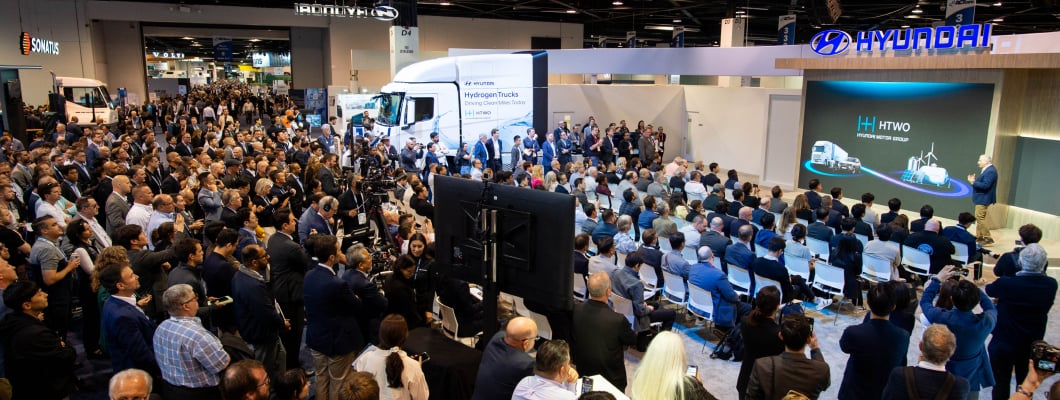Closing out this year’s keynote addresses, Patti Poppe, CEO of Pacific Gas and Electric (PG&E) delivered a message of optimism about California’s clean energy transition, highlighting real progress in infrastructure, safety, and innovation. Framed by the urgency of climate change and the growing threat of wildfires, the speaker laid out a clear case for why decarbonizing the state’s energy and transportation systems is both possible and economically viable.
The discussion began with a somber reminder: the catastrophic wildfires that have plagued California are not just environmental crises — they are human tragedies. The CEO recounted the heartbreaking story of a young girl who lost her life in a wildfire in Northern California.
“That can’t happen in a modern society,” she stated, emphasizing PG&E’s dual commitment: ending catastrophic wildfires and providing clean, resilient energy for all.
Addressing skepticism head-on, the CEO acknowledged myths about PG&E’s ability to support California’s energy future.
“Some people ask if PG&E can really be part of the solution,” she said. “The answer is yes — emphatically.”
Proof points included:
- Undergrounding power lines: Every mile of undergrounded line reduces wildfire risk by 98%.
- Advanced inspections: PG&E has increased system inspections by 600% using AI and drones.
- Workplace safety: From losing a worker every 90–100 days in 2021 to over 820 days without a fatality—a transformation in company safety culture.
- Diablo Canyon Nuclear Plant: Among the world’s top-performing nuclear facilities, now extended through 2030 and providing 10% of California’s electricity with zero emissions.
The narrative that building clean energy infrastructure in California is “too hard” is also a myth, she argued. From the iconic Golden Gate Bridge to today’s underground power lines and pumped hydro storage in Kings County, the state has a proven track record of tackling ambitious infrastructure projects. “We’ve done hard things before. We can do them again.”
One notable example is the Moss Landing site, where PG&E converted a former fossil fuel plant into one of the world’s largest battery energy storage systems. With over 12 GW of batteries and 10 GW of renewables added in just four years, the state is building a grid that is not only cleaner, but also more resilient.
A central focus was the “duck curve,” which shows excess solar generation during the day and steep evening demand peaks. Fleet electrification — especially for vehicles with predictable usage patterns like school buses — presents a perfect solution.
In Oakland, PG&E partnered with Zum to deploy 70 electric school buses, which not only reduce pollution and noise in neighborhoods, they also offer 2.1 GWh of flexible capacity to the grid.
“They’re affordable for the school district and beneficial for the grid. That’s a win-win,” she noted.
According to Poppe, contrary to popular belief, increased electrification could actually lower energy costs, with grid usage at only about 55% of its capacity. With the increasing energy demand from electric vehicles and data centers, Poppe pointed out that fixed costs can be spread across more usage, lowering the cost per unit of electricity for everyone.
“It’s like splitting a pizza,” she explained. “Five people pay $10 each. Ten people? Just $5.”
The CEO emphasized that electrification is not just environmentally necessary — it’s economically smarter.
“Yes, your electric bill may go up when you get an EV, but your overall household energy spend will go down — by 20-30% in many cases,” she said, explaining that electricity is a more efficient fuel than gasoline, and smart grid utilization can lower systemic costs.
“We’re not asking people to switch out of benevolence,” she concluded. “This must be — and is — an economic equation.”
This article was originally published on ACT News and can be read here.


